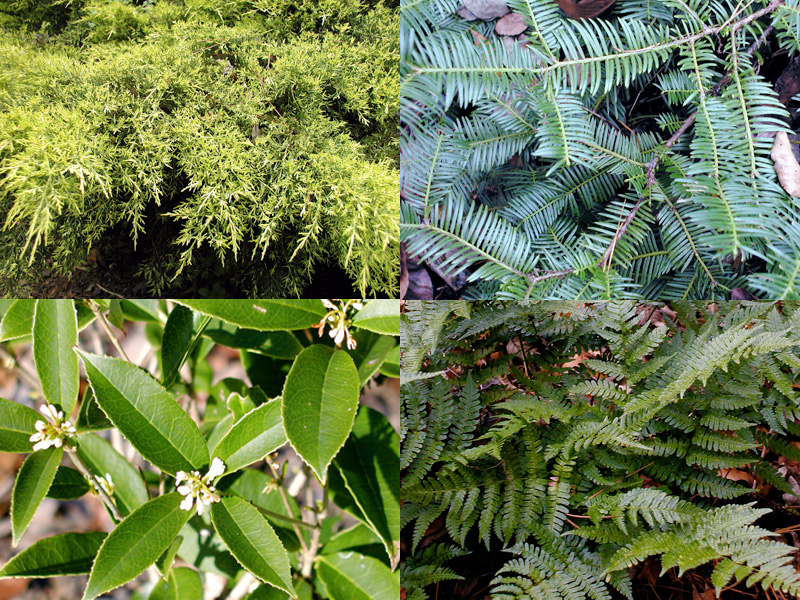Road trip - the Oregon coast
 Sunday, January 10, 2010 at 2:20PM
Sunday, January 10, 2010 at 2:20PM It's January. You are partied-out and broke. The weather is dreary and cold. So! How about a road trip?
In August 2009, my family traveled to Oregon to visit my son Josh, who lives in Portland. It was great having my three boys and Lou and I all together. We decided to tour part of the Oregon coast, and this is a good time to share some of the photos I took. Enjoy!
We started our trip in Florence, Oregon. Here is a view of the Old Town fishing village located in Florence on the Siuslaw River.
Some more views of Florence from across the river:
Florence is located adjacent to the Oregon Dunes recreational area, which sprawls for over forty miles along the Oregon coast and is the largest stretch of coastal dunes in the United States. These amazing dunes reach up to 300 feet high, and the views are spectacular.
We went for a "sand rail" tour of the dunes, a thrilling adventure which was akin to riding a moon buggy on a roller coaster. I wasn't able to take many pictures on this tour, because most of the time I was holding on for dear life.
After leaving Florence, we traveled up the coast to Lincoln City. We stopped first outside Florence to view the man-eating plants at the Darlingtonia Botanical Wayside. Okay, these giant pitcher plants may not consume humans, but they do eat big bugs. I wouldn't want to fall off the path and get trapped there.
We continued our tour of the coast and saw some fabulous coastal views.
I was impressed by the masses of wildflowers which grow along the coast.
Flowers bordered this path next to the coast. The three young men are my sons.
We spent the night in Lincoln City, and the beach outside our condo was a special place.
Barnacle encrusted rock formations on the beach form a natural aquarium, and hundreds of sea urchins, anemones, star fish, and other sea creatures make their homes here.

After leaving Lincoln City, we traveled inland, back toward Portland. In a post later this week I will show you what we did next. Stay tuned - it's exciting! - Deborah
